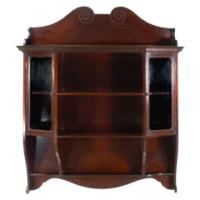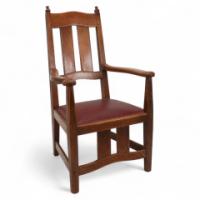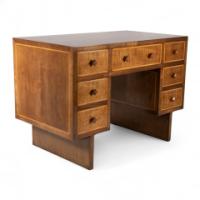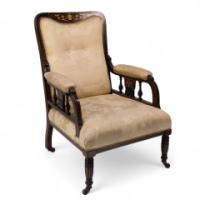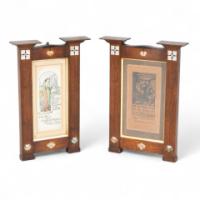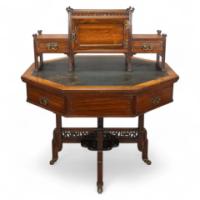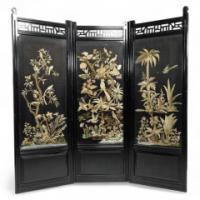Charles Spooner Arts & Crafts Oak Secretaire Cabinet with Serpentine Stretchers
£8,000
Width: 39.5 in (100.33 cm)
Depth: 16.75 in (42.55 cm)
1920-1929
About this piece
A rare oak secretaire cabinet on stand, with quarter veneered panels to the doors and drawers with black and green diamond-shaped handles. The doors open to reveal adjustable shelves. The sides and lower stand are all made from solid quarter sawn oak with beautiful figuring.
The slightly graduated mouldings to the waist frame the tidy little writing area. Standing on squashed ball feet, united with serpentine entwined stretchers.
This is an oak variation of the cabinet Charles Spooner exhibited at the Arts and Crafts Exhibition Society in 1910. One can see that both cabinets are essentially the same design — one with drawers, one with a pull-down writing area. Both have quartered veneered panels to the doors, the mahogany one with applied moulded decoration to the doors.
See: illustration below from Arts and Crafts Furniture by John Andrews. See also: Charles Spooner: Arts and Crafts Architect, page 209, illustration 10:28; Fine Art Society for a Coromandel variation; and Puritan Values: Important Furniture, page 1, for a larger four-door lacquered panelled variation.
ProvenanceCharles Spooner is noted as one of the most influential people and also credited as one of the fathers of the Arts and Crafts Movement. Born at St Mary's Hospital, Paddington (London), Spooner was the second of five children of Charles Spooner and Sarah Frances Trinder, who lived at Brook Green, Hammersmith.
BiographySpooner became an architect and an instructor of furniture design at the London County Council's Central School of Arts and Crafts. He was a pupil and then assistant of Sir A. W. Blomfield, and in 1890 won the RIBA’s Soane Medallion (Proc RIBA).
He specialised in smaller churches and houses, turning out some beautiful and complete buildings. He was influenced by E. W. Godwin and contemporary American architects such as H. H. Richardson. He was a member of the Society for the Protection of Ancient Buildings and the Art Workers Guild. He worked in the tradition of William Morris, teaching furniture making and designing stained glass.
These activities took up an increasing amount of his time in later life. His work was displayed at all the exhibitions of the Arts and Crafts Exhibition Society from 1890 to 1928, including an exhibition at the Grosvenor Gallery in January 1913.
He was also the secretary of the Woods Handicraft Society, and with Voysey exhibited significant pieces in The Arts & Crafts Exhibition Society show of 1890 and 1893.
Spooner founded Elmdon & Co., with his own workshops at 1 Ravenscroft Park in Hammersmith, and held an exhibition at The Alpine Club in April 1905 — not a stone’s throw from where William Morris’s famous Hammersmith rugs were made.
He taught first at The Guild of Handicraft and then at The Central School of Arts and Crafts. In 1908, he was named by Ashbee alongside Lethaby, Gimson, and Barnsley as one of the four most influential people with whom the Arts and Crafts period is identified.
Spooner's designs were also made by J. P. White, who also made furniture to the designs of M. H. Baillie Scott. Spooner was lionised by Hermann Muthesius in his very famous book Das Englische Haus.
Spooner was a workaholic, loved his work passionately to the point of excess. He was a very prolific designer and a true heavyweight of the period.

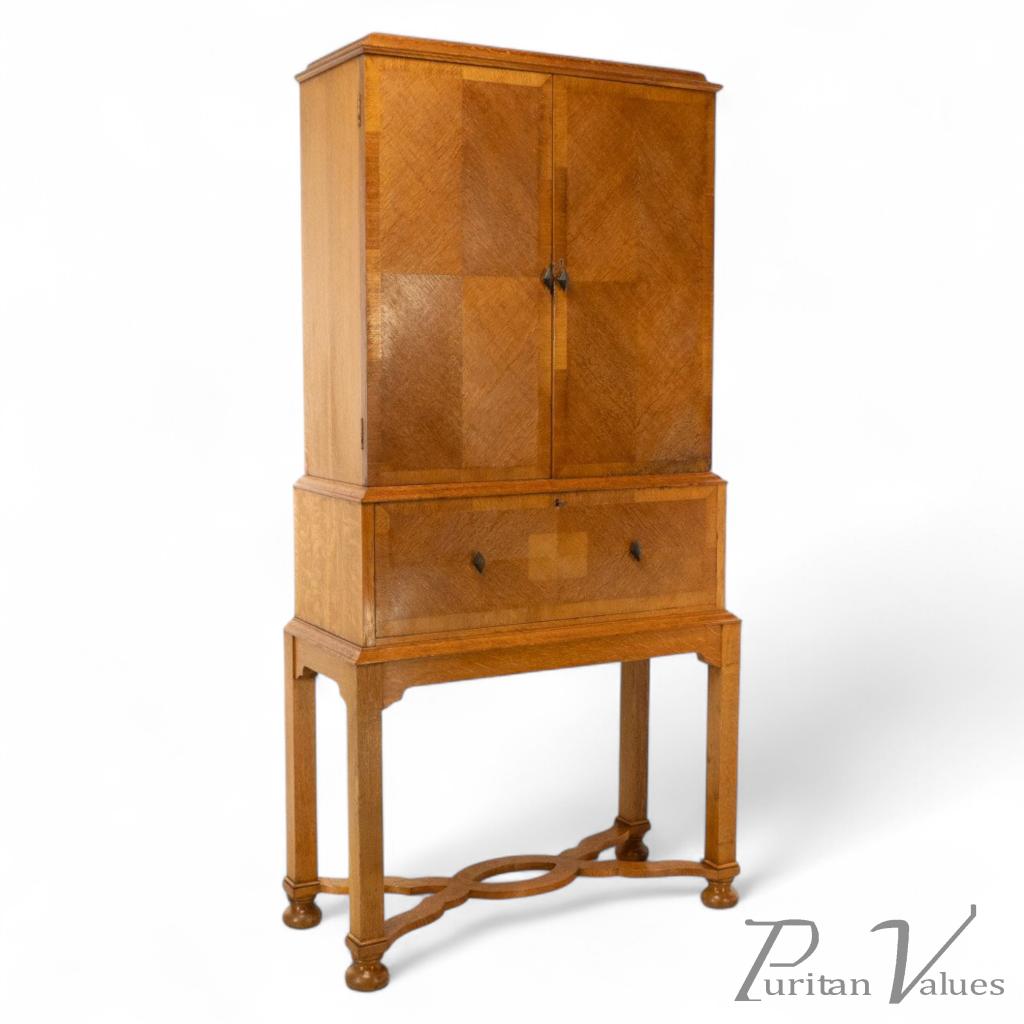












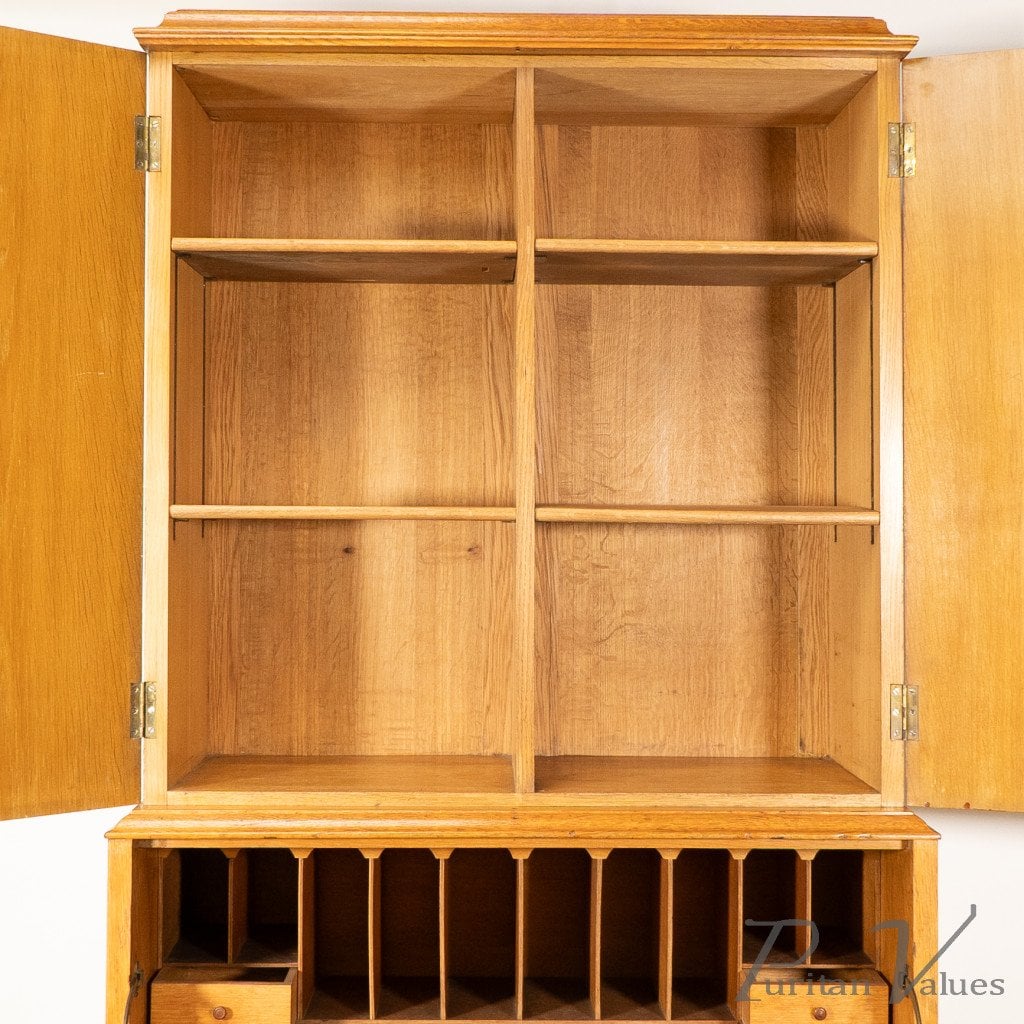







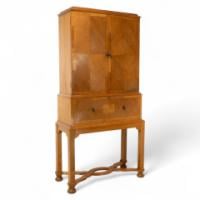
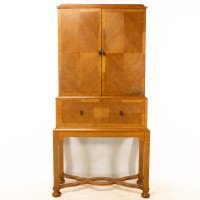
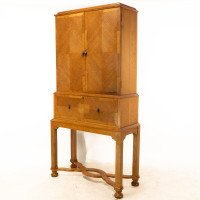
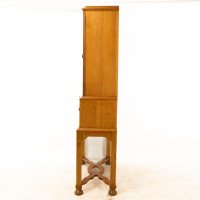
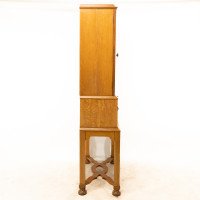
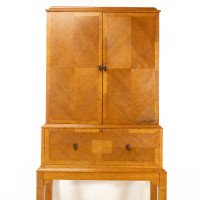
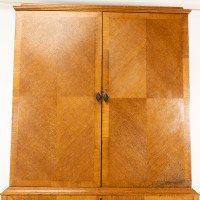
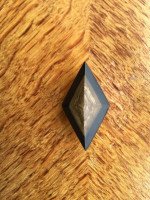
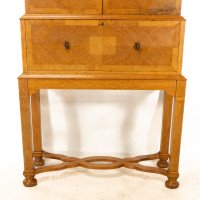
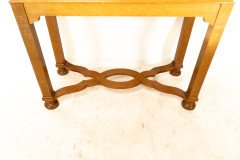
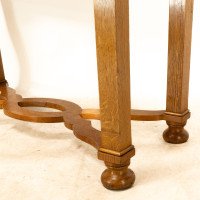
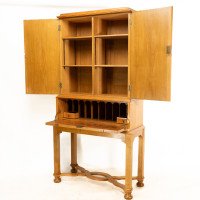
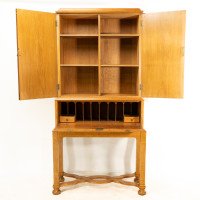
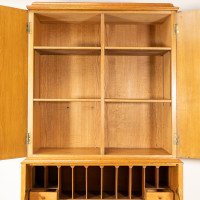
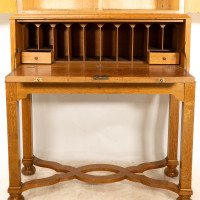
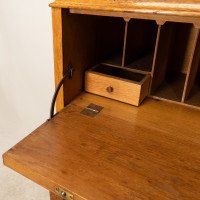
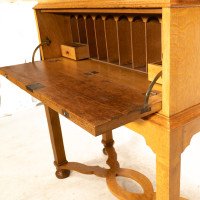
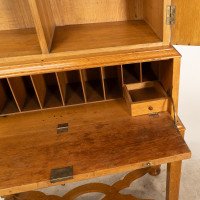
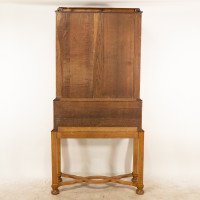
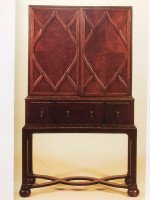
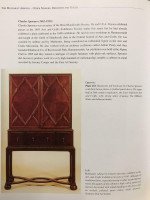
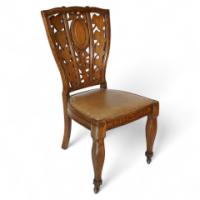




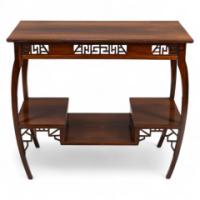


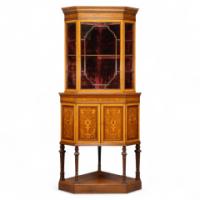
-thumb.jpg)

